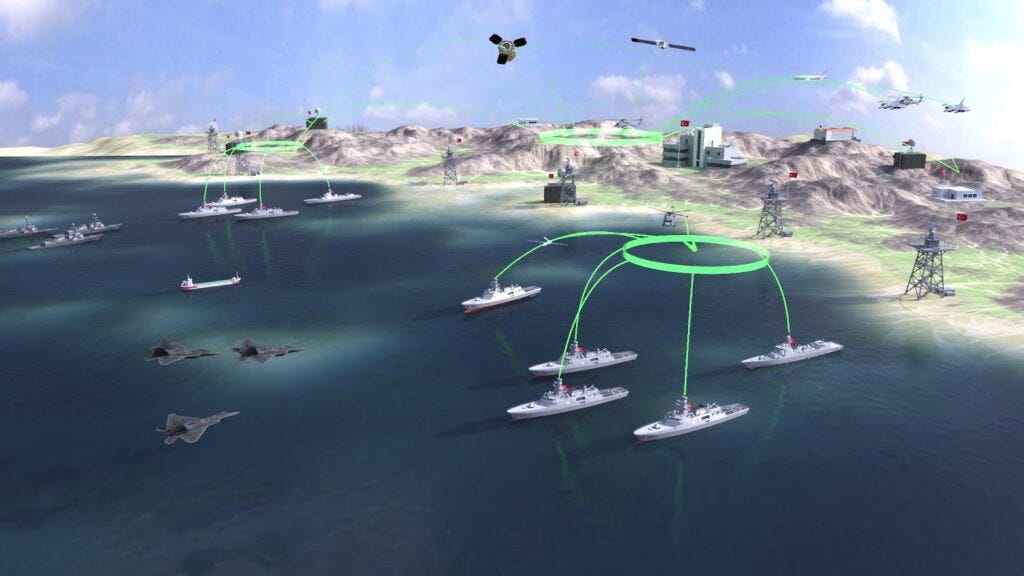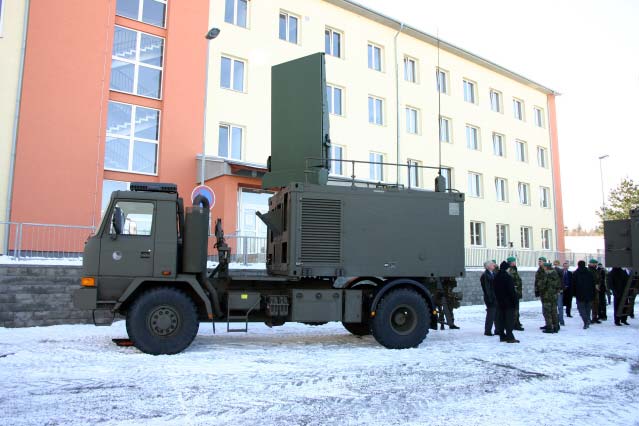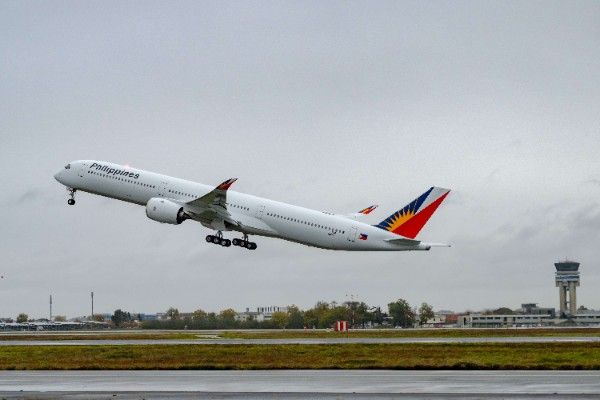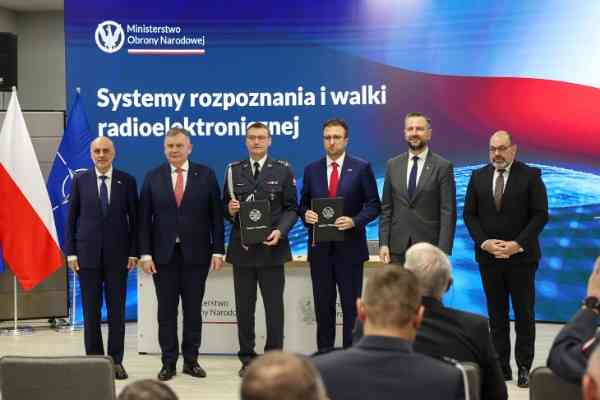Warfare, once the grand theater of brute force and steel, is undergoing an epochal transformation. The battlefield is no longer defined by tanks rolling across open plains or warships launching volleys of firepower. It is a vast, interconnected web where machines speak, weapons think, and the very essence of conflict is rewritten in lines of code. The battlefields of tomorrow will be orchestrated by unseen hands, a symphony of intelligent, networked munitions conducting war with surgical precision. The world stands at the precipice of a new doctrine, one where algorithms replace decorated generals and machines weave strategy in real time.
This is the age of “networked” warfare, where the power of an army is no longer measured by the sheer weight of steel and fire but by its ability to sense, communicate, and adapt at machine speed. The era of lone warriors and isolated strike units is over; the battlefield now belongs to the swarm, the coordinated, the intelligent. If state militaries fail to catch up to this rapidly developing war doctrine, their strategic vulnerability will only increase, leading to deterioration or let’s say “strategic instability”.
The battlefield is shifting from brute force to intelligent coordination, where munitions do not simply fire and forget, but fire, learn, and adapt. The doctrine of networked warfare is built upon three pillars: AI-Driven Mission Autonomy, Palletized Munitions, and Interoperability and Swarm Tactics.
No longer reliant on expensive, single-use seekers, modern munitions will be guided by artificial intelligence, calculating flight paths mid-air, and adjusting for enemy defenses in real-time. Machine-learning algorithms will process battlefield conditions dynamically, selecting high-value targets with precision no human eye could match. A missile will no longer be just a projectile—it will be a decision-maker. The recent Israel-Gaza war saw the wide use of “ Gospel” where target selection was based on an AI-based decision system. Live target acquisition in seekers will enable weapons to change midcourse trajectories to strike targets as per the inserted or rather learned data sets.
Take, for instance, the Rapid Dragon program, where missiles are not bound by the limitations of fighter jets and naval destroyers but can be dropped in swarms from transport aircraft, guided in mid-air, and retasked in real-time. A pallet of munitions, once an inert cargo load, now becomes a living, thinking battlefield asset, adjusting course in response to new threats. This is a war unshackled from traditional constraints, a battle fought in the realm of algorithms and split-second decision loops. The Rapid Dragon concept transforms unassuming transport aircraft into flying war machines, dropping waves of smart munitions without the need for dedicated bombers. A single C-130 or C-17 will deliver payloads capable of altering the course of battle, a disruptive force in warfare logistics.
Imagine the skies darkened by a thousand drones, each feeding intelligence to the next, weaving through air defenses, overwhelming even the most advanced missile shields. This is no science fiction—it is the doctrine being written today in war rooms across the world.
Munitions will no longer act as lone warriors but as a collective mind, sharing intelligence across platforms, and responding dynamically to threats. In conventional warfare, a missile is a single, self-contained system. It is launched with a mission, follows its preordained path, and meets its fate—success or failure—alone. But networked munitions change this paradigm entirely. Imagine a cloud of missiles, not acting as independent entities but as a unified intelligence. They speak to one another, coordinate attacks, adjust for enemy defenses, and distribute firepower dynamically.
This evolution exposes a brutal truth: the traditional military-industrial infrastructure is ill-prepared for the battles of tomorrow. Munitions factories, built for the slow-moving wars of the past, still produce in the hundreds when modern warfare demands tens of thousands. The current production model, plagued by bureaucratic inertia and just-in-time logistics, is fundamentally misaligned with the reality of sustained, high-intensity conflict.
The new great power arms race already symbolizes this understanding as the USA, China, and Russia rush to achieve an edge, now armed with AI, quantum computing, and accelerated production lines. Their investments in swarm drones, AI-enabled targeting, and decentralized combat structures are setting the stage for a confrontation where the old rules no longer apply. Russia is dedicating 10-15% of its government spending to defense, tripling its weapons output. The Houthis in Yemen, with far fewer resources, are proving that even non-state actors can leverage advanced, mass-produced weaponry to challenge global powers. In a war of attrition, the ability to replenish and outproduce the enemy is paramount, and traditional military strategy risks being outpaced.
In Operation Desert Storm, the United States benefited from Cold War-era stockpiles, allowing the Air Force to drop thousands of bombs daily. However, in post-9/11 conflicts, the shift to precision-guided munitions came with a lower production volume, as fewer sorties were needed against asymmetric threats. The assumption of short, decisive wars shaped procurement strategies, leaving the industrial base unprepared for large-scale, high-intensity conflicts. This goes on to show that even the mightiest have an Achilles heel in the rapidly transforming battlefield scenario.
For countries except the big powers, the stakes are even higher, yet come with a viable opportunity. Public-private partnerships can be the key to meeting these challenges. Investments in technology before contracts can lead to adaptable production lines that can switch between different munitions types, reducing reliance on single-purpose factories ( a form of modular manufacturing). Similarly, this approach obviates the usual long deployment cycles reducing timelines from years to months. This is what China is doing, its dual-use production model enables swift civil-military integration, eventually leading to integration in both material and software domains as well. This also ferments a well-trained production workforce which is the most important element, both during peace and wartime.
The future of warfare belongs not to the strongest, nor the richest, but to the most adaptable. The armies that dominate tomorrow will be those that understand war as an ecosystem, not a contest of brute strength. To remain dominant, militaries must embrace the decentralization of firepower, the mass production of intelligent munitions, and the removal of rigid hierarchies from battlefield decision-making. War is no longer about who has the most weapons, but who has the smartest ones. The age of the monolithic war machine is over; the age of adaptive, networked warfare has begun.

Table of Contents
ToggleHammad Waleed
Hammad Waleed is a Research Associate at Strategic Vision Institute, Islamabad. He graduated with distinction from National Defence University, Pakistan. He writes on issues pertaining National Security, Conflict Analysis, Strategic forecast, and Public Policy. He can be reached at hammadwaleed82@gmail.com.















